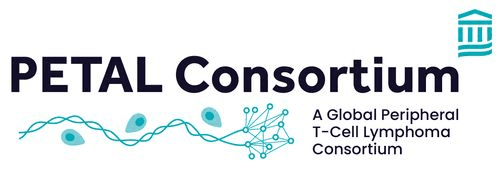
Jessy Xinyi Han
This study looked at patients worldwide with rare, aggressive blood cancers called T-cell and natural killer (NK)-cell lymphomas which had relapsed (cancer came back after previous treatment) or were refractory (cancer didn’t respond to previous treatment). We proposed a new risk scoring system, a system that takes patient information and helps doctors better predict which patients will do well or poorly after their cancer comes back or does not respond to initial treatment. We also showed that newer targeted medicines (not traditional chemotherapy) may help some patients live longer, especially those with certain cancer types.
We investigated whether we could develop a reliable way to predict outcomes in patients with relapsed/refractory T-cell and NK-cell lymphomas.
We conducted a large, international, retrospective study (a study that uses past patient data) of 925 patients from 10 countries. We looked at patient features and treatments, built a new risk prediction model (a model that predicts survival for patients), and compared survival for different therapies. We especially focused on comparing targeted therapies (therapies made to attack a specific part of a cancer cell) with chemotherapy.
We created a new scoring system, the prognostic index for relapsed/refractory T-cell lymphoma (PIRT) score, that classifies patients into low-, intermediate-, or high-risk groups based on different chances of survival. Newer small-molecule drugs (targeted therapies) worked better than chemotherapy for some cancer types–such as angioimmunoblastic T-cell lymphoma (AITL)–making them a potential better second-line (second treatment) option for those patients. The model was validated in other patient groups and is available online as a free calculator.
This work provides doctors with a new, easy-to-use tool to better predict patient outcomes and personalize treatment for aggressive T-cell lymphomas when the disease returns. The results suggest that for some patients, especially those with AITL, targeted therapies might improve survival compared to traditional chemotherapy.
What are the next steps?
Next steps include using this risk model in real-world clinical decisions and further clinical trials to see how well new drugs work in different patient groups.
See the paper for disclosures.
This work was supported by Daiichi Sankyo, Acrotech Biopharma, and the Center for Lymphoma Research Funds. S.J. is supported by the National Cancer Institute K08 Career Development Award (K08CA230498) and MGH Lymphoma Research Funds. E.J. is supported by the Reid Family Fund for Lymphoma Research.
Han, J et al. “Global outcomes and prognosis for relapsed/refractory mature T-cell and NK-cell lymphomas: results from the PETAL consortium.” Blood Advances. DOI: 10.1182/bloodadvances.2024014674


